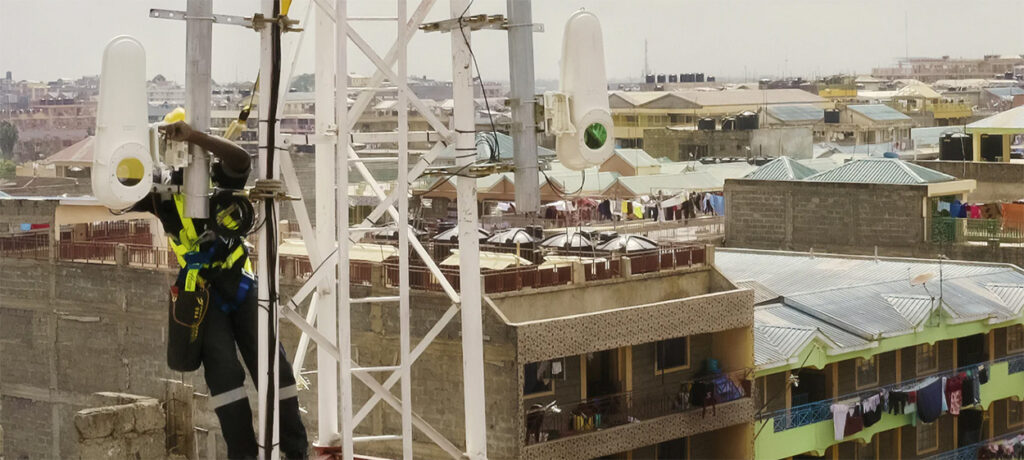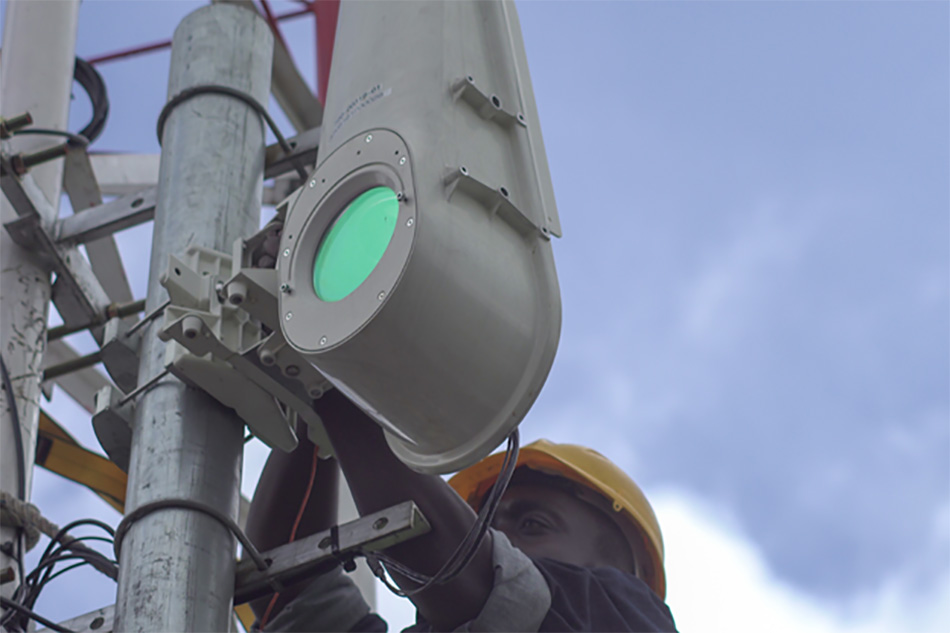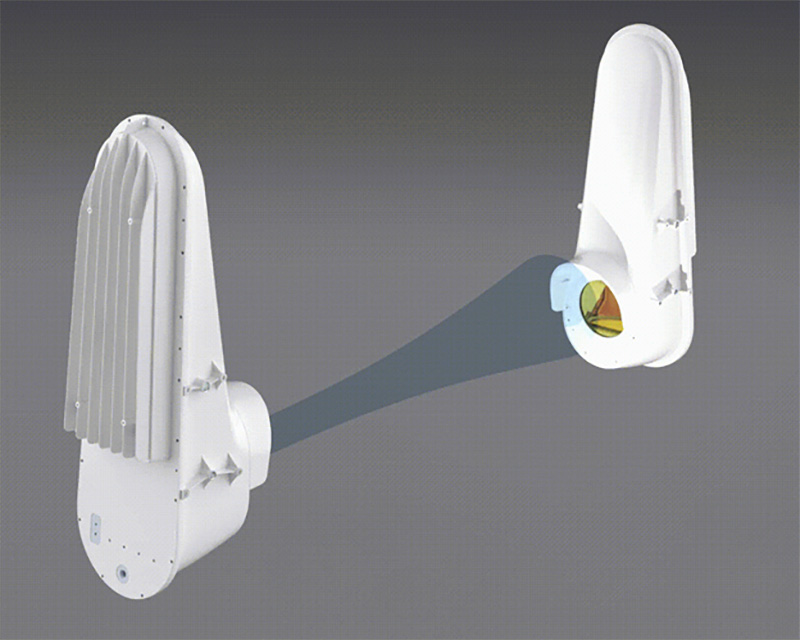Laser Internet Connection Tech: Fiber Optic without the Cables?
Alphabet, Google’s parent company, is no stranger to finding new ways to bring internet access to people. At some point, it explored the idea of providing internet service through high-altitude balloons, which turned out to be unsuccessful. Unlike Starlink, which is now available to users in different parts of the world, Alphabet’s stratosphere-based internet service failed to demonstrate viability.
However, the company did not stop looking for ways to come up with alternatives. Its latest major effort involves the use of lasers. Essentially, it can be likened to fiber optic internet connection sans the cables. It allows users in remote areas to have internet connectivity through beams of light.
The Taara project
This Alphabet project is referred to as “Taara.” It was conceptualized and developed in the company’s innovation laboratory “Moonshot Factory,” which is also known simply as “X.” This is the same innovation lab that took on the challenge of using high-altitude balloons to provide internet service to remote locations.
Mahesh Krishnaswamy, general manager of the Taara project, expressed optimism over the success of the new project, noting how it has progressed better unlike the balloon idea. In a press interview, Krishnaswamy said that Taara is already being tested in 13 countries. The official Taara website mentions that it is operating in India and Africa, but Krishnaswamy said that the project is also being tested in Australia and the Pacific Islands.
Taara is now in the process of advancing towards deployment on a larger scale. In India, the project has partnered with Bharti Airtel and Bluetown, two of the leading telecommunication and internet service companies in India, to bring this laser-based internet technology in India. For its African operation, Taara signed deals with Econet Group and Liquid Telecom to bring the technology to more users. Taara is also collaborating with Digicel in the Pacific Islands.
Krishnaswamy said that Taara aims to offer one of the most affordable internet service options for customers in areas that are usually not covered by traditional ISPs. The expected price is around a dollar per gigabyte of data transmitted.
How does it work?
Those who are worried about light pollution because of the involvement of lasers can rest assured that Taara will not be littering the skies with light beams. Taara uses light in the invisible spectrum to transmit data at “super high speeds” through narrow beams.
The Taara system can transmit data at speeds of up to 20 Gbps bidirectional throughput over distances of up to 20 kilometers. It can make use of existing infrastructure, particularly tall towers used by ISPs or broadcast companies.
Deploying Taara entails the installation of machines that are about the size of traffic lights. Krishnaswamy describes them as digital cameras with laser pointers. These machines beam and receive light through a specially designed system that automatically moves to compensate for small movements that may disrupt the connection of the invisible laser being transmitted and the receiving device.
This means that the Taara machines should be perfectly aligned upon installation, and the towers they are attached to should be stable enough to avoid swaying because of strong winds and other environmental factors. Intermittency happens if there are objects that block the visibility between the Taara devices. Moving objects like birds will not create an interruption, but bugs or dirt that block the transmission or reception lenses will result in disconnection.
Not meant to be mainstream
While Taara’s maximum data transmission speed of 20 Gbps is impressive, it appears to be intended as a supplementary solution to enable internet connection. It may be relatively cheap to operate, but maintaining a multitude of optically-driven devices is an extremely tedious task. The alignment of the machines should be checked frequently and they need to be cleaned regularly to ensure optimum performance.
Taara is more suitably used in reaching locations that may be too challenging for conventional fiber networks to cover. As mentioned on its website, Taara extends fiber backhaul and boosts radio backhaul. It also improves network resilience, as it can provide redundancy paths.
It can connect points wirelessly at high transmission rates, so it can serve as a relay high-capacity backbone. It helps internet service providers serve customers in areas with difficult terrains that do not have existing infrastructure for wired services. However, in urban and suburban areas, it would be better to use conventional internet service technologies.


